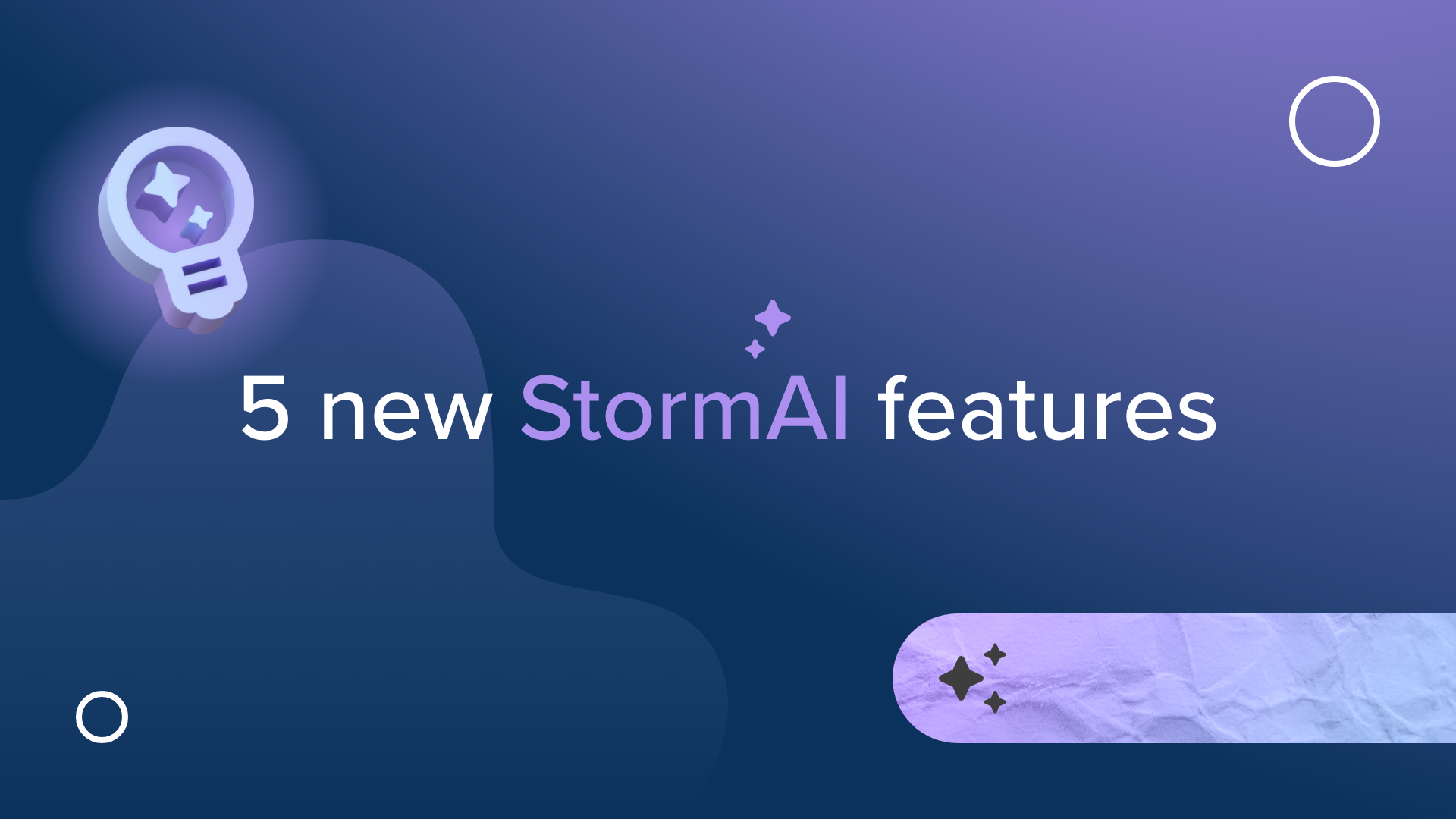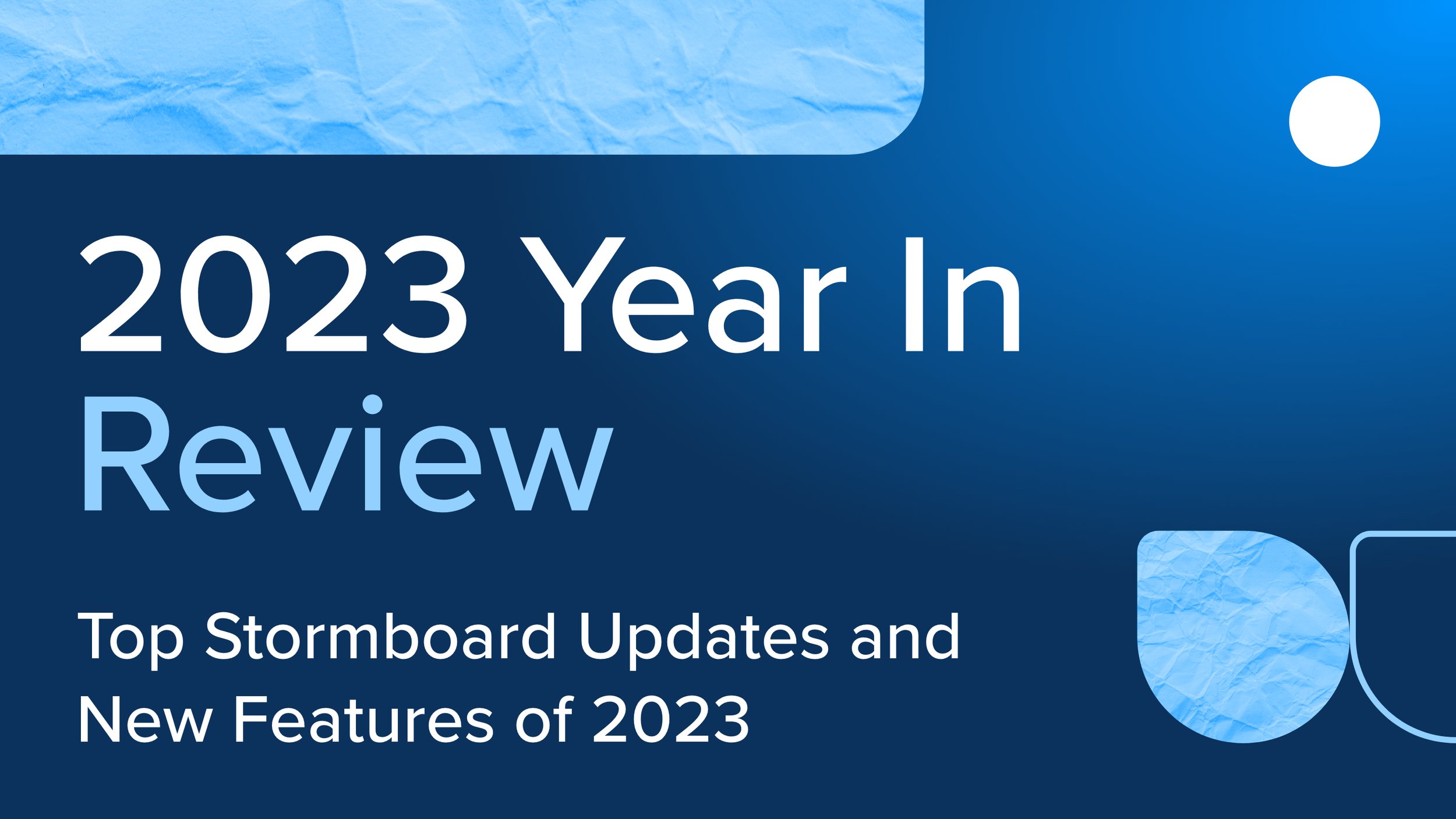How Businesses Can Generate More Creativity & Efficiency in Their Daily Stand-Up Meetings
Corporate lingo tends to have a knack for working its way out of the boardroom and into our daily lives. This all-too-familiar pattern can make it can seem like every second article posted on LinkedIn is about the new corporate trend or buzzword going around the office that you “need to know about NOW.”
Sometimes that’s all it is — a new word for an old concept, like dressing collaboration up as ‘synergy’ or referring to your team’s workload as ‘bandwidth.’
You may have heard of the “stand-up meeting’ and thought it was just another flashy example of corporate lingo trying to pump up the same old tired meeting. However, with the stand-up meeting, it’s not just one of those situations where we’re talking about a new buzzword — it’s a true game-changer in the business world — but only if you’re doing it right.
The best part about a stand-up meeting is that you don’t need a corporate thesaurus to figure out what it is — it’s all in the name. Agile Dictionary literally defines the stand-up as a meeting that takes place standing up. Simple, right?
Well, yes and no. The stand-up isn’t a typical meeting, just done on your feet. It’s intended to be a quick all-hands team get-together that promotes five basic values (borrowed from the world of extreme programming):
Communication
Simplicity
Feedback
Courage
Respect
The idea is that by consistently getting together with your team for a short period (~15 minutes, give or take), you open up the internal lines of communication, break down silos and reduce roadblocks, and promote efficiency.
By doing this in short, focused bursts, employees are less likely to mentally check out and spend their time thinking “this should have been an email.” If you’re doing them right, your team’s stand-ups should generate far more creativity and efficiency than you’re used to getting out of old-school conference room sit-downs.
A Stand-Up Meeting That Generates More Team Collaboration
First things first. You don’t actually need to be standing for these meetings to work. Like every other business process, the stand-up has evolved over the years (yes, years — this isn’t a 2020 Covid-response concept).
The idea behind a stand-up is that by being on your feet and keeping it short and sweet, your meeting participants will naturally be more engaged and less distracted. Take the standing part out of it, and as long as you’re sticking to the basic formula, you can conduct a stand-up in the break room, over Zoom, or from your living room while you stand in Warrior pose if that’s your thing.
Regardless of your physical position, the key to a successful stand-up is getting everyone involved. This doesn’t mean you get to have a free-for-all 15-minute shouting match, but it does mean everyone should get a chance to speak. In fact, more and more businesses are designating Scrum Masters to be meeting coaches and facilitators to ensure things stay on track according to the scrum framework where the stand-up originated.
In your daily stand-up, every person on the team should get one or two minutes to walk the rest of the group through what they’re working on, what they plan to work on next, and most importantly — what challenges they are facing. It doesn’t need to be a detailed project breakdown, just a quick summary to make sure everyone is on the same page.
This is the beauty of the stand-up. In traditional (see: long) meetings, people tend to zone out, doodle, make a mental shopping list for after work, or really do anything other than pay attention. In a well-run daily stand-up, there should never be a pre-determined speaking order — each speaker throws it to someone random to go next.
This approach will keep everyone on their toes as they wait for their turn. With only a couple minutes to speak each, this means a relatively quick succession of speakers. If the goal is to stimulate conversation and team communication, keeping everyone focused is the first hurdle.
Hearing what co-workers are up to and what challenges they are facing breaks down those individual silos and promotes an efficient meeting where the team can collaborate and problem-solve in real time. By doing this in a regularly-scheduled meeting, teams can set objectives that individuals or groups in the meeting are responsible for accomplishing with a set deadline.
Team Meetings Need to Save Time
Short and sweet is the recipe for success in a daily stand-up — with recurring meetings, it can be far too easy to lose track of the meeting’s purpose and default to small talk or get caught up in the details.
The point of standing up and keeping speakers to one to two minutes each is to move things along quickly. Meetings can cost a business tens of thousands of dollars a year by running long or being unproductive.
If the purpose of your stand-up is to promote efficiency, that means you need to cut out anything that isn’t necessary to cover — or isn’t acting as a team collaboration effort.
Many experts agree there are a few basic tactics you can use to make sure your meetings aren’t a waste of time:
Set Timing Rules
This meeting can only be X minutes long.
We will only spend X amount of time on the first topic, X amount of time on the second topic, etc.
Examine if the meeting cadence is efficient
Does your stand-up need to be daily?
Would it be better for it to be every other day? Weekly?
Create and share a stand-up meeting itinerary prior to the meeting time
Allows team members to think about subject matter and ideas prior to kickoff
Remember that your team’s stand-up is for you. You can make it shorter or longer depending on the size of your team, or adjust your cadence and speaking times to fit your team as long as you don’t forget what you’re there for.
Incorporating the Right Technology into Stand-Up Meetings
Like we said near the top of this article, just because it’s a stand-up meeting doesn’t mean you actually have to be standing — it’s encouraged where possible — but if the last year has taught us anything, it’s that the workplace model is changing, meaning your team might not all be in the same room anymore.
Whether working remotely, in-person, or in a Hybrid model, leveraging technology can help hold meetings accountable and generate better creativity. Tools like Stormboard are created to help drive and assist daily stand-up meetings.
Keeping things on track in your daily stand-up meetings is more or less the whole point. Stormboard helps teams manage their time more efficiently with built-in functions like the Timer to keep things rolling and on track, and features like voting and comments that happen in one real-time common workspace, eliminating stops and starts in the middle of the meeting to get insight on someone’s idea.
Using a tool like Stormboard to facilitate your meetings provides a common digital workspace for users to see and edit daily/weekly tasks, projects, and workflows while providing a visual reference point for the goals and objectives of that meeting.
If you’re over the old-school ‘stare at each other and talk to thin air’ style of meetings, maybe it’s time to infuse the capabilities of technology into your daily get-togethers.
The Solution to Better Stand-Up Meetings
At the end of the day, chances are you’ve walked out of a meeting shaking your head saying “that could have been an email” or worse — checked your notes just to find that you missed everything and now all you have is a collection of high school-esque graffiti S’ doodled on your page.
The best way to re-invent your meetings is to start by figuring out what doesn’t work. Evaluate how much time your team is wasting with marathon boardroom meetings that result in nothing more than a longer agenda for next week’s meeting, and invigorate your team by switching to a sprint-style daily stand-up.












